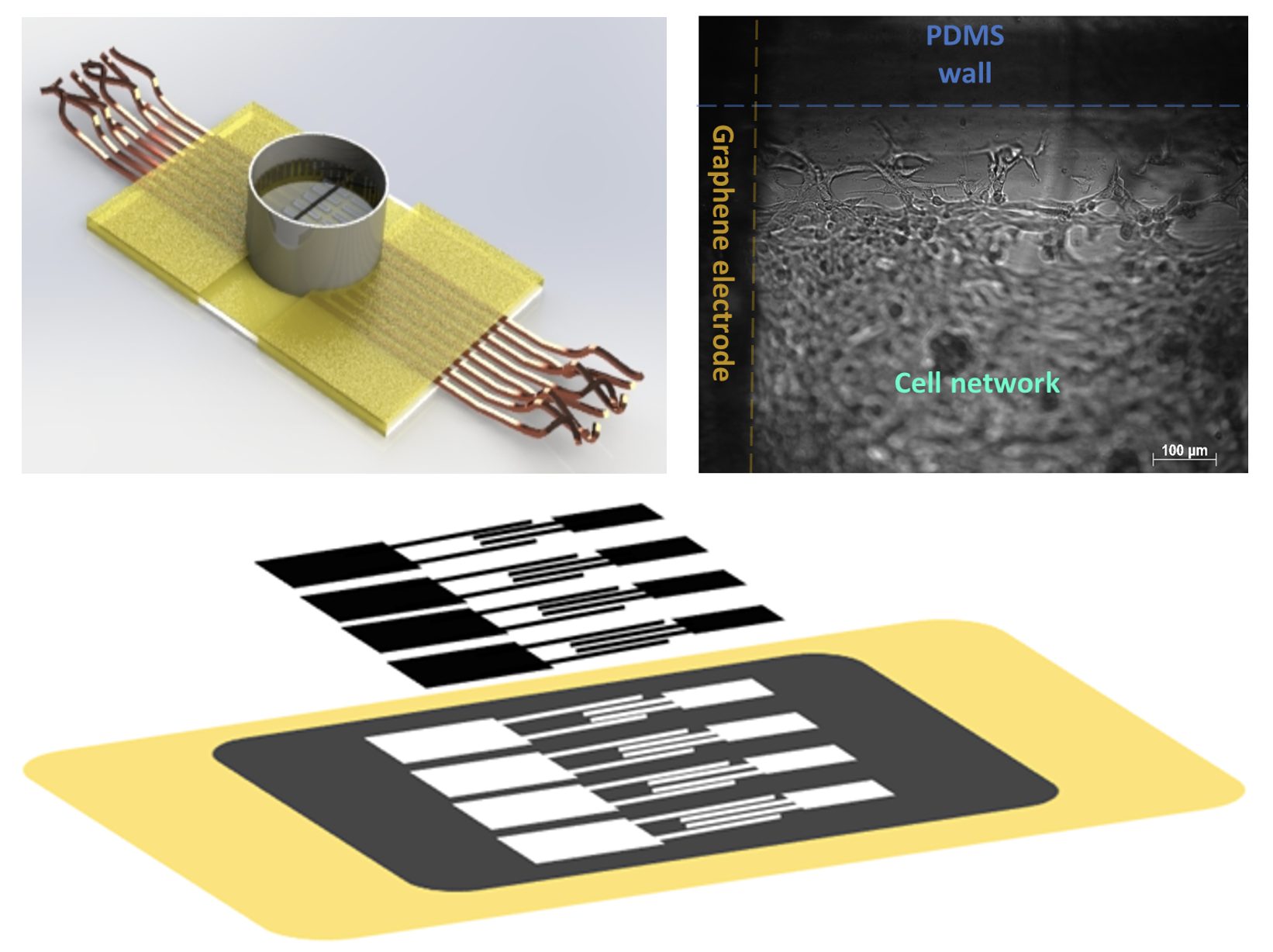Soft, porous microelectrodes to better understand TBI mechanisms
Author: Angelica Diaz
Author: Angelica Diaz

Traumatic brain injury (TBI) is known to doctors as the silent epidemic because many people do not know they are suffering from invisible damage. CoMFRE researchers are working to understand how the mechanical forces affect TBI, as a crucial first step to developing treatments for TBI or designing equipment to protect against injury.
Iowa State University’s Department of Mechanical Engineering (ME) Associate Professor and CoMFRE affiliate Nicole Hashemi has received over $600,000 grants from the Office of Naval Research and a $225,000 award from the National Science Foundation (NSF) to conduct research to better understand mechanisms of injury from mechanical forces in TBI. The project started in 2016 in collaboration with mechanical engineering associate professor Reza Montazami’s lab through a grant from the Office of Naval Research (ONR), and it is continuing.
“Approximately 1.5 to 3.5 million sports-related traumatic brain injuries (TBI) happen yearly. The group most vulnerable to mild TBI is 9-22 years old kids when team sports are popular,” Hashemi said. “In addition, studies have shown that TBI is associated with an increased risk of Parkinson’s disease.”
Hashemi says for the first time ever, with the development of printed graphene microelectrodes, the team can better understand the mechanisms of injury from mechanical forces in traumatic brain injury, with a response of under one minute.
The journey to create these biosensors started with creation of a suspension of graphene platelets in a solution and followed by inkjet patterning of this biocompatible and conductive ink to serve as an electrochemically sensitive bio-interface that offers a desirable scaffold for neural proliferation. These researchers have perfected the biosensor design to enable a real-time and high-throughput approach for vision-based and electrochemical monitoring of neural cells before and after injury. Their article on minute-sensitive real-time monitoring of neural cells through printed graphene microelectrodes is recently published in Biosensors and Bioelectronics.
“We have developed a novel microfluidic approach utilizing aqueous graphene suspension as an electrically conductive ink to create a soft and porous microelectrode array for monitoring the extracellular activities of neural cells,” said Hashemi.
The design and development of these tools were the focus of Amir Niaraki’s Ph.D. thesis. Niaraki is a recent Ph.D. grad who served as a graduate research assistant in Hashemi’s lab.
“I always wanted to learn more about communicating with the neural networks in our bodies,” Niaraki said. “Also, I wanted to have an impact, so I utilized my specialization in mechanical engineering to create a biosensor that studies neural damage.”
